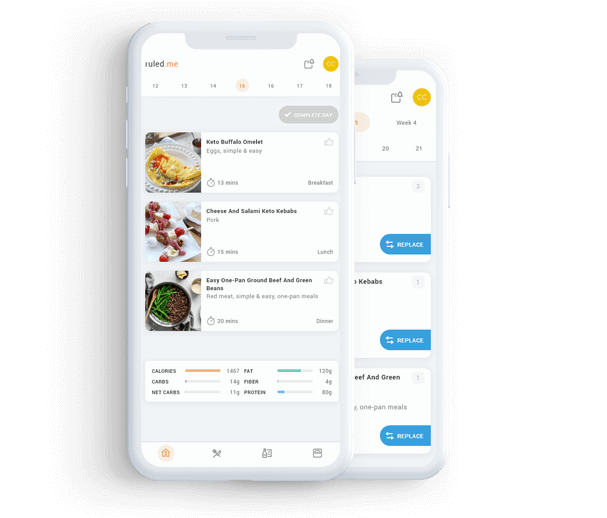
Make Keto
Simple.
Join 312,000+ ketoers in the Keto Academy
- Meal plans tailored to your macros and cooking preferences
- 1,000+ recipes to choose from
- Weekly shopping lists
- Swap out any meals with one click

Updated Nov 22nd, 2022 – Written by Craig Clarke